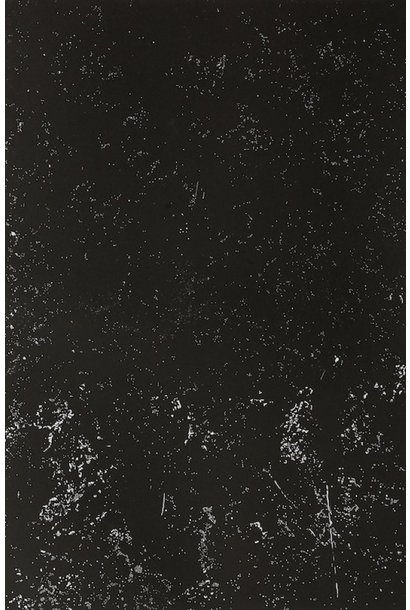

Jesse Gray “Stone Portraits”, Jesse Gray
C$ 0.00 Excl. tax
- File number: EXHI1032
...
Malaspina’s print research residency program supports established artists who would like to integrate technical aspects of print media into their artistic practices. By providing these opportunities to non-printmakers, we have been creating a dialogue in the community about new potential opportunities within print media, which has contributed to the growth and relevance of the medium as a whole.
Through her residency and exhibition entitled Stone Portraits, Jesse Gray has combined concept, form, and process through science, culture, and technique, to create a metanarrative of limestone lithography. She has taken a medium new to her and assembled a body of work that speaks to the materiality and history of that medium, meanwhile using that medium to create new work.
Lithography in particular interested her because of its connection to paleontology and geology. Two types of stones are typically used for lithography: limestone and marble. For Gray’s residency, she chose to work with limestone because the sedimentary calcification process has both a biological and a geological component; the microcrystalline calcite (“micrite”) grains in the limestone plattenkalk are made up of skeletal fragments of marine organisms. The material thus has an inherent historical narrative; both nature and culture are written literally onto these little pieces of the earth during the printing and the fossilization processes. This intrigued her and acted as a starting point for her research.
Most lithographic limestone plates come from Solnhofen in Bavaria, Germany, where Alois Senefelder, the founder of the lithographic process, is from. The stone in this region is ideal for lithography because of its finely grained, dense layers. These qualities also facilitate the fossilization of larger creatures; Solnhofen is famous for its Jurassic Period fossils of soft-bodied creatures like cnidarians (jellyfish, sponges), smaller marine creatures like fish and ammonites, and for its spectacular near-complete archaeopteryxes and pterosaurs.
In the summer of 2012, Gray traveled to Germany to several notably fossil-rich areas including Solnhofen. Although the stores of perfect limestone slabs for lithographic use have mostly been exhausted, quarries still operate in the region, where the stone is used primarily for construction and as high-end domestic tile. Gray visited quarries that were open to the public, digging for fossils and researching the material properties of the stones.
Lithographic limestone often contains visible microfossils and mineral inclusions on the surface of the stone. These fragments are areas traditionally avoided by lithographers as they can flaw the drawn image, however, Gray highlighted these marks and voided the rest (the ‘desirable’ drawing surface) to reveal the material, physical history of the stone itself. Taking several of the stones in Malaspina’s collection, Gray has attempted to create a kind of imprint, or portrait, of each one.
Gray’s approach to this residency was not only to engage with the history and techniques of stone lithography as a medium, but also to investigate the material conditions of the stones themselves. The residency has provided her with an opportunity to learn a new skill and to apply this skill to her interest in material history.
Special thanks to Jocelyn Barrable Segal for her guidance, assistance, and unfailing patience with this project.
Jesse Gray (New Westminster, 1979) is a Vancouver-based multidisciplinary artist. Her work deals with labour, handcraft, and obsolescence, as well as the material history of objects, natural systems, and cultural-scientific frameworks. Jesse holds an MFA in Studio Art from the University of British Columbia (2008) and is a jewelry designer under the name Gray Metal.
Recently viewed
-
 Favoriten
Add to cart
Favoriten
Add to cart
Jesse Gray “Stone Portraits”, Jesse Gray
C$ 0.00 Excl. tax


